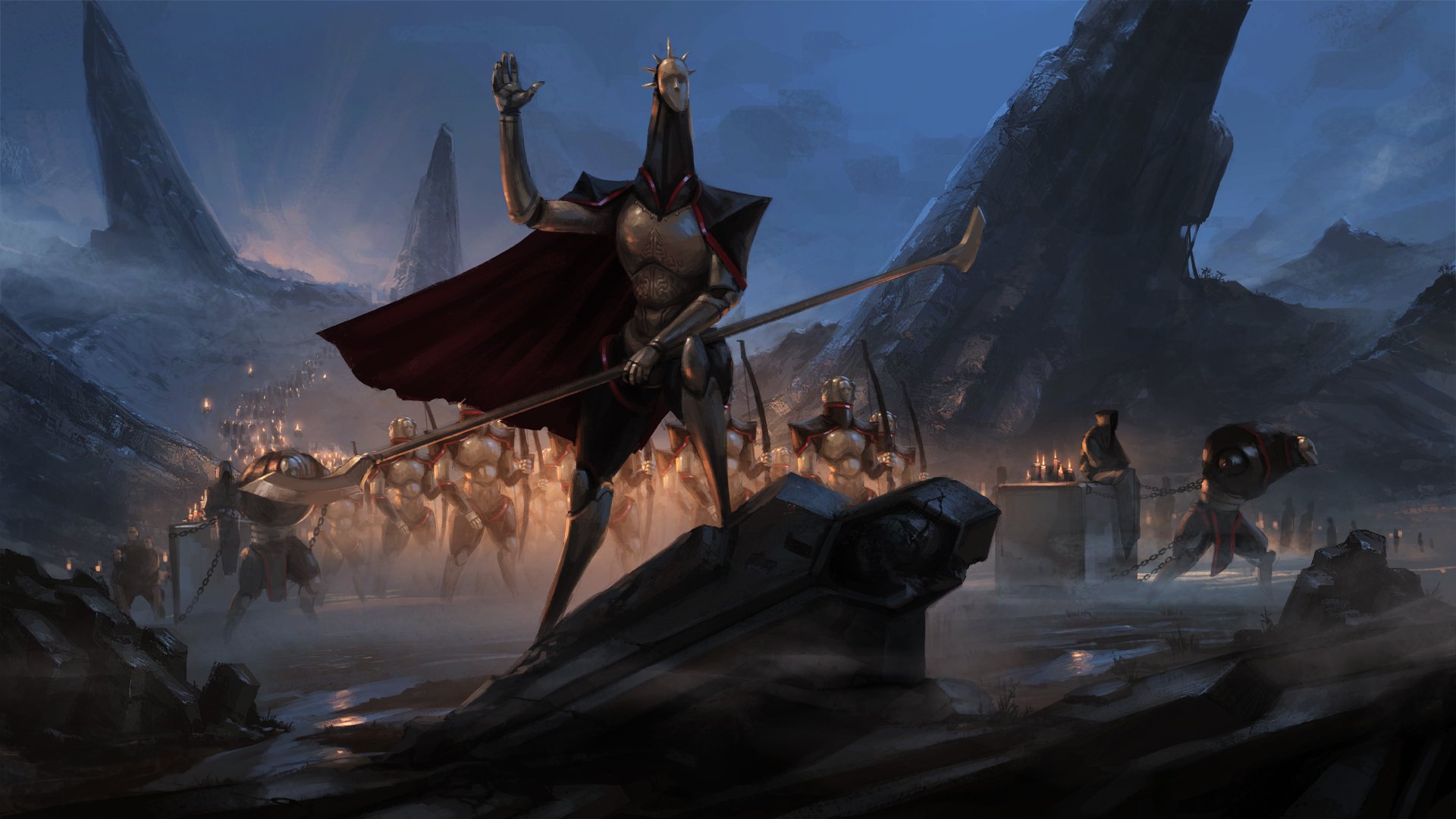

Instead, it’s divided into eras which are filled with a dozen or so technologies. For example, Endless Legend’s technology system isn’t a straightforward tree, like Civilization - and it shouldn’t be, because this isn’t known Earth history. Its density extends into the endgame decision-making, where having too many decisions, as opposed to fewer, more interesting ones hampered my sense of progress. I don’t mean to suggest that it’s a poor strategy game - it’s not - but my first week’s worth of games has yet to really gel in several ways.

To add to the overall experience, the music is both lovely and thematically appropriate, especially the faction music that plays at the start of each campaign.īig-picture strategic depth is Endless Legend’s potentially weakest point, unfortunately. Just sitting and playing it is a wonderful experience overall, in a way that reminds of some of my favorite game worlds of all time, like Ultima VII, World of Warcraft, and Kingdoms of Amalur: Reckoning. All of this lends Endless Legend an amazing harmony between its rarely seen setting, its lush aesthetic style, its map, and its strategic and tactical decision-making processes. Battles never get too time-consuming either, because all players give their orders to all units at the start of the combat phase, and there’s a limit of only six phases per fight. Fantasy-themed strategy games have often been bogged down by detached, time-consuming tactical combat modes, but this reconnects the tactical combat to the campaign setting. There’s still a combat mode, and stacks of armies, but when forces bump into one another they begin tactical combat on the world map itself. In perhaps the cleverest touch, combat works in exactly this fashion, on this map, instead of breaking battle out into its own screen. Instead of seeming in any way “realistic,” Endless Legend instead makes me feel like a powerful lord, making decisions on a strategic map in my council chambers, pushing little wooden troops around. Hills are represented as raised steps instead of smoother bumps, which calls attention to the importance of topography for decision-making in combat - you can put archers on impassable cliffs to fire down on enemies. Those visual flourishes also make it easy to spot the tactical value of an area. But this comes at a cost: the Roving Clans cannot declare war, preventing the more aggressive playstyles. The Roving Clans are the merchants of Auriga, and so receive bonuses to their moneymaking and diplomacy, and the “roving” part of their background means that they alone can move their cities around their provinces and also have armies filled with cavalry. They’re a relatively versatile faction compared to the Roving Clans, whose generic name belies their specific gameplay rules. For example, technologically-inclined and Warhammer-ish Vaulter faction has a scientific and industrial bonus, heavily-armored troops, and the ability to pick a “holy resource” that grants even greater bonuses. Endless Legend does well in adhering to Civilization V-style design of factions, where each one is distinct enough to encourage entirely different play styles in each new campaign. The combination of these two styles -the “science fantasy” aspect - shows up in factions like the Broken Lords, a group of noble futuristic vampire-like beings who subsist on what everyone else uses as currency, instead of using food. There are eight factions, including the elf-like Wildwalkers, who come into conflict with groups like the Vaulters, whose goal is a return to spacefaring. It draws its science-fiction elements from developer Amplitude’s previous game, Endless Space, but mixes in a huge dose of fantasy as well. Endless Legend’s setting grabbed my attention immediately. Still, what sets Endless Legend apart from its peers is its overall tone and the entire experience of playing it, instead of any one specific game mechanic. Also, like its fellow fantasy grand strategy games, like Fallen Enchantress or Age Of Wonders, Endless Legend includes hero units who grow stronger, and tactical combat-the former is fairly perfunctory, but the latter is quite fascinating.

This is a Civilization-style turn-based grand strategy game, where you build cities, explore a map, meet rivals, engage in diplomacy, and achieve some form of military, technological, or diplomatic victory, although it’s not a direct clone and puts its own spin on those game mechanics-which can be initially confusing.


 0 kommentar(er)
0 kommentar(er)
